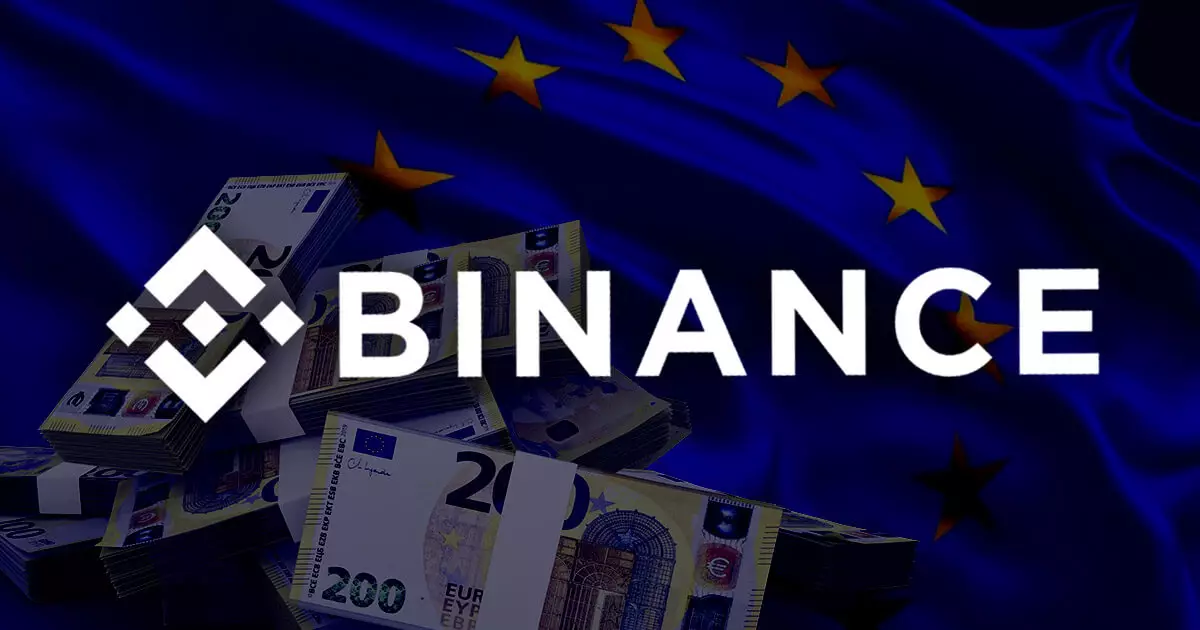The recent announcement by Binance regarding the limitation of “unregulated stablecoins” in the EU by June 30 has stirred discussions within the cryptocurrency community. This decision aligns with the upcoming Markets in Crypto-Assets Regulation (MiCA) and is expected to have a significant impact on the stablecoin market in the European Economic Area (EEA).
Binance has outlined a phased approach to comply with the new stablecoin regulations in Europe. The exchange will offer users the option to convert their holdings in unregulated stablecoins to alternative digital assets like Bitcoin, Ethereum, regulated stablecoins, and fiat currencies. This transition is aimed at facilitating a smooth shift to regulated stablecoins while ensuring compliance with the MiCA stablecoin rules.
In addition to the conversion of holdings, Binance will implement restrictions across its product range to prevent users from accessing new products or services involving unauthorized stablecoins. This move is in line with the upcoming MiCA legislation, which is set to be fully operational by the end of 2024. The aim is to create a more regulated environment for stablecoins in the EU.
Other major cryptocurrency exchanges like Kraken and OKX are also taking steps to comply with the new regulations. This may involve the removal of Tether’s USDT stablecoin from their platforms, as only Electronic Money Institutions (EMIs) and credit institutions will be authorized to issue stablecoins under the new rules. On the contrary, Circle and its USDC stablecoin are in a favorable position to meet these requirements, having applied for an EMI license and secured conditional registration in France.
Circle, the entity behind the USDC stablecoin, has strategically positioned itself to align with the EU’s MiCA regime. Dante Disparte, Circle’s Chief Strategy Officer, emphasized the importance of MiCA, stating that it is not to be taken lightly. By actively working towards compliance and regulatory alignment, Circle aims to maintain its market presence and meet the evolving requirements of the cryptocurrency industry.
The EU’s regulatory framework for stablecoins is evolving rapidly, and market players are adjusting their strategies to ensure compliance and sustainability. The recent actions taken by Binance and other exchanges signal a shift towards a more regulated and secure environment for stablecoin transactions in the EEA. It is crucial for industry participants to stay informed and proactive in navigating these regulatory changes to uphold the integrity of the cryptocurrency market.


Leave a Reply